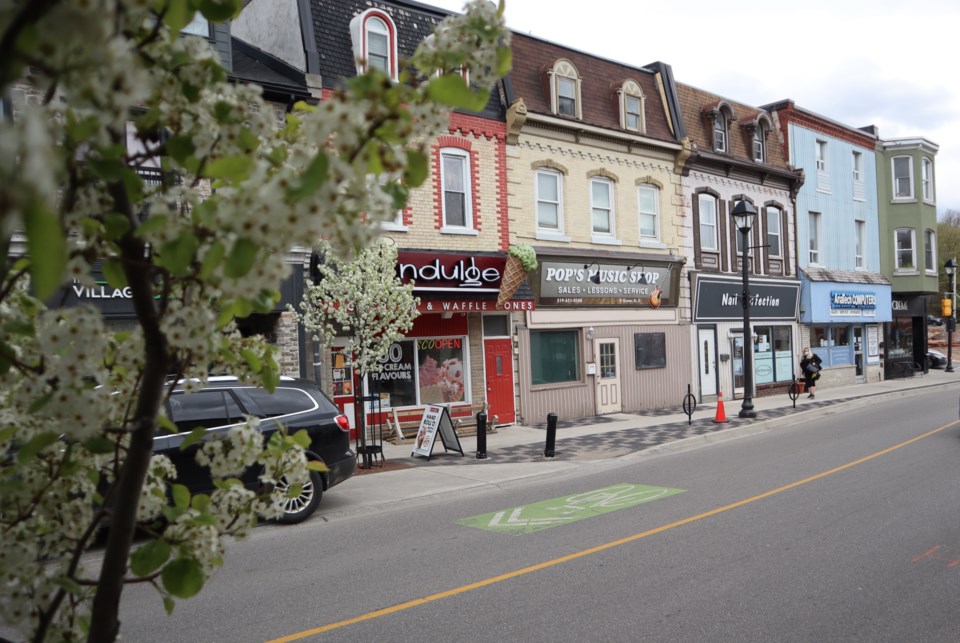Building owners in the core areas of Cambridge can now look to build up with new grant programs being brought forward through the Core Areas Community Improvement Plan (CIP).
The updated slew of programs offers grants to core area property owners to encourage them to add to the residential possibilities their building may be able to offer.
"The health of the core is a reflection on the overall health of the city," said said James Goodram, director, economic development division – Corporate Enterprise Department, who recently presented the draft plan to members of the Community Wellbeing Advisory Committee. "We need to create more housing in the core areas, and most importantly we need to create rental housing."
Member Ruth Cameron, executive director, the AIDS Committee of Cambridge, Kitchener, Waterloo & Area (ACCKWA), asked about the impact of this increase in housing stock on affordability.
"How much potential is there around different categories of rental stock to accommodate for income, given we don't have a living wage now?" she said.
Goodram said he would have to include the city's affordable housing staff member in the conversation to create provisions for that.
"By creating new stock, we will have more supply and I'm hoping that has more result on the affordability piece," he added.
Galt Business Improvement Area manager Omar Kaake said these programs should help populate the vacant buildings in the core areas.
"The new programs go further and are more clear in terms of what they apply to and are for the interior of the building, too," he said. "If you're converting vacant space on the second or third floor of your building into apartments, it's more beneficial for property owners. It creates more living space and brings more people downtown."
The new programs are considerably different from the old exterior program, which was a 50 per cent combination of loan and a grant for completed work, Michael Marini, economic development officer, wrote in an email.
"The new exterior programs is a 50 per cent grant for completed work," he explained in his correspondence. "The interior programs and the TIEG (Tax Increase-based Equivalent Grant Program) are completely new and were created by looking at best practices from other municipalities in Ontario. They are designed to promote new businesses and renovate buildings to encourage more people living and shopping in the core areas. The fee waiver program is a continuation of the old program."
Kaake said he has used the older programs a few times himself as a core property owner and knows how beneficial these new plans will be.
"The rents just aren't there yet for the market to justifying repairing them, so a lot of the buildings sit empty," he said. "Some of them need extra help to get them renovated and everybody benefits from them."
Property owners, Kaake said, can't charge rents to recover renovation costs for the small footprint, which comes with high construction expenses.
"These are old heritage buildings that we have to renovate, the costs are substantial and hurdles are substantial," he said. "It's not an easy renovation project."
Marini also wrote in his email that property owners can apply for more than one program at a time. He indicated that out of all the programs the Commercial Property Improvement Grant Program (CPIG), Mixed Use Conversion and Restoration Grant Program (MURCG), Commercial Building Restoration, Renovation and Improvement Grant (CBRRIG) and Fee Waiver programs. The TIEG Program is a standalone, however, Marini wrote, and cannot be combined with the other programs under the CIP.
The program will be presented at a May 25 public meeting for feedback, which will be incorporated before council approval is sought. Marini's email also explained that applications will not be open to the public until both council and the Ministry of Municipal Affairs and Housing have okayed the plan.
More information on the proposed plans can be found here.



